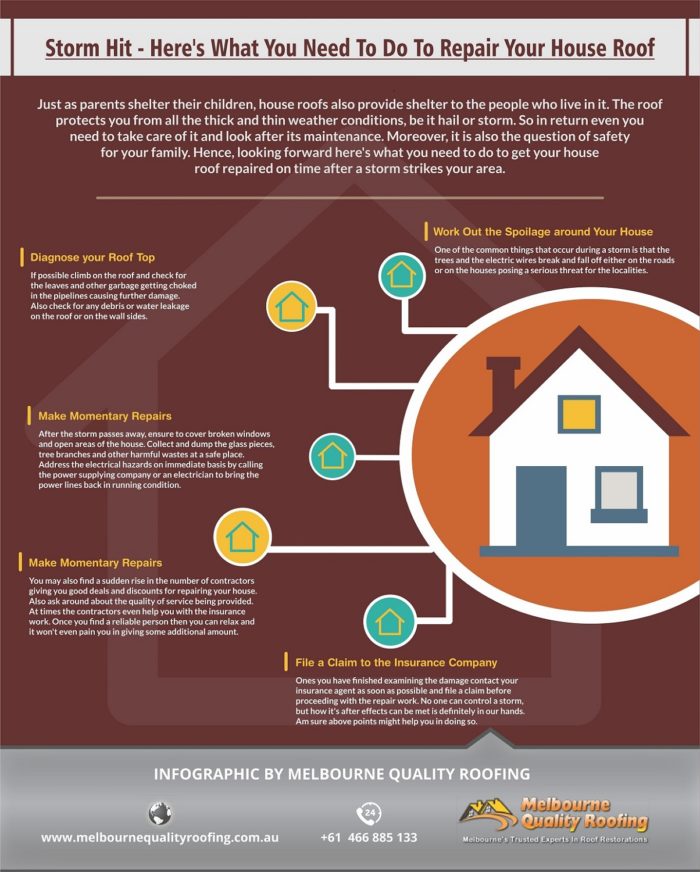When you're preparing a roof installation, it's simple to ignore critical information that can bring about substantial problems down the line. You might be tempted to reduce corners on product choice or skip appropriate flashing installment, but these typical mistakes can lead to expensive repairs later. Recognizing the importance of air flow and sticking to neighborhood building regulations is vital for a successful project. So, what are the vital steps you should require to ensure your roof stands the test of time? Allow's check out some reliable techniques to avoid these challenges.
Poor Product Option
When it comes to roofing installment, choosing the wrong products can cause costly issues down the line. You may assume that any type of roofing product will certainly do, yet that's a common misunderstanding. It's crucial to select products that fit your regional climate and the details demands of your home.
As an example, if you stay in a location with hefty rainfall or snow, selecting asphalt roof shingles may not be the very best selection. Instead, take into consideration even more long lasting choices like metal or slate.
In addition, pay attention to the quality of the products you're thinking about. Affordable products might save you money upfront, however they usually lack longevity and can lead to constant repair services or substitutes.
You ought to additionally consider the design of your home and ensure the materials you choose will maintain its aesthetic allure.
Lastly, don't forget to speak with specialists. They can supply useful understandings and advise materials that follow local building ordinance.
Spending time in proper material selection currently can aid you prevent migraines and expenditures in the future, making your roof covering job a success.
Inadequate Flashing Setup
Picking the ideal materials isn't the only aspect that can lead to roof troubles; poor flashing setup can additionally create significant concerns. Flashing is critical for directing water far from prone areas, such as smokeshafts, skylights, and roof valleys. If it's not installed effectively, you risk water invasion, which can lead to mold development and architectural damage.
When you set up blinking, guarantee it's the right type for your roofing's layout and the neighborhood environment. As an example, metal flashing is usually much more resilient than plastic in areas with hefty rain or snow. Make sure the blinking overlaps suitably and is safeguarded firmly to prevent gaps where water can seep with.
You must also focus on the installation angle. Flashing must be positioned to route water far from the house, not toward it.
If you're not sure regarding the setup process or the products needed, speak with a specialist. They can assist recognize the best blinking alternatives and ensure whatever is mounted appropriately, guarding your home from potential water damage.
Taking https://metal-roofing-supplies50505.bligblogging.com/34558022/home-owners-commonly-overlook-vital-ideas-of-roofing-system-damages-but-having-the-ability-to-detect-them-early-can-spare-you-from-incurring-high-repair-work-expenditures-in-the-future can conserve you time, money, and migraines down the road.
Neglecting Ventilation Needs
While several property owners concentrate on the aesthetic and architectural aspects of roofing system installation, overlooking ventilation demands can cause significant long-lasting effects. Appropriate ventilation is vital for managing temperature and moisture degrees in your attic room, preventing issues like mold development, timber rot, and ice dams. If https://wgntv.com/news/chicago-news/heavy-snow-proving-too-much-for-some-chicago-roofs/ do not set up appropriate ventilation, you're establishing your roof up for failure.
To prevent this blunder, first, evaluate your home's specific air flow demands. A well balanced system commonly includes both consumption and exhaust vents to advertise airflow. Guarantee you've set up soffit vents along the eaves and ridge vents at the height of your roofing system. This combination permits hot air to leave while cooler air goes into, keeping your attic room area comfy.
Additionally, consider the type of roof product you have actually selected. Some materials may require added ventilation strategies. Confirm your neighborhood building codes for ventilation standards, as they can differ substantially.
Finally, don't fail to remember to evaluate your air flow system regularly. Obstructions from debris or insulation can restrain air movement, so keep those vents clear.
Verdict
In conclusion, staying clear of common roofing system installment errors is crucial to ensuring your roofing's longevity and performance. By selecting the right products for your environment, installing flashing properly, and dealing with air flow needs, you can avoid pricey problems in the future. Don't forget to acquaint yourself with regional building ordinance and timetable regular evaluations. With these steps, you'll enjoy a risk-free, sturdy roof that shields your home for many years to come. Pleased roof covering!
